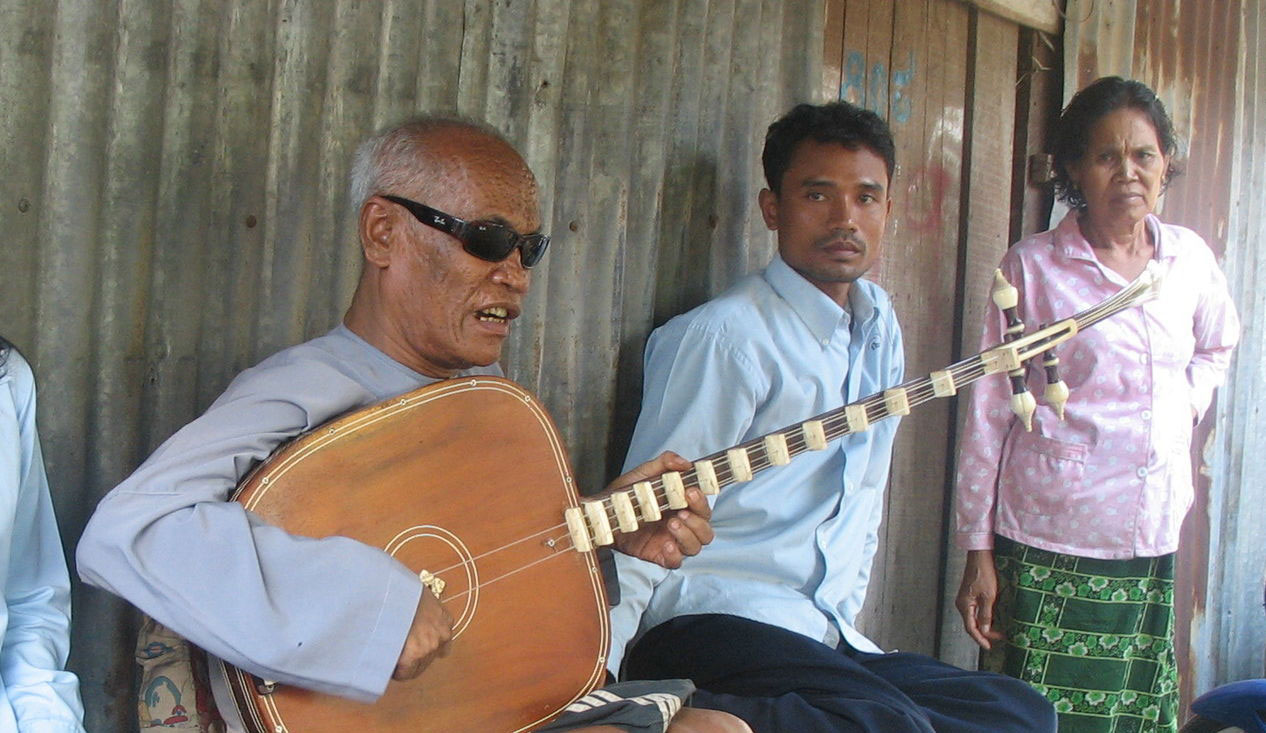
The musical revolution of the 1960s reverberated widely. In many countries it was given added impetus by decolonisation. Newly independent nations adopted rock and roll, usually infused with local traditions, as a signal of modernity. From Addis Ababa to Dakar to São Paulo, officials and businessmen jived and swung and caroused in nightclubs, serenaded by bands with some measure of official sponsorship, if not directly employed by the government itself.
Some of these stories ended unhappily. The Brazilian junta dispatched Tropicália musicians into exile. When the Derg seized power in Ethiopia, Swinging Addis came to a sudden halt. The ligueurs in Benin forced Angélique Kidjo and others to flee the country.
But the most horrific tale of all was Cambodia. Prince Sihanouk’s government encouraged the country’s musical flowering after independence from France. When Sihanouk was overthrown in a military coup in 1970, his successor, Lon Nol, enlisted Cambodian pop stars as (largely unwilling) propagandists against the prince, often conscripting them into military bands. And after the Khmer Rouge seized Phnom Penh on 17 April 1975, musicians were reviled as bourgeois reactionaries, even those who had not (like Touch Tana) been married to film idols. From then to the beginning of 1979, something approaching a quarter of Cambodia’s population died in the Killing Fields. The best estimates are that nine in ten musicians were murdered.
In full: https://www.spectator.com.au/2023/02/the-day-the-music-died-2/




